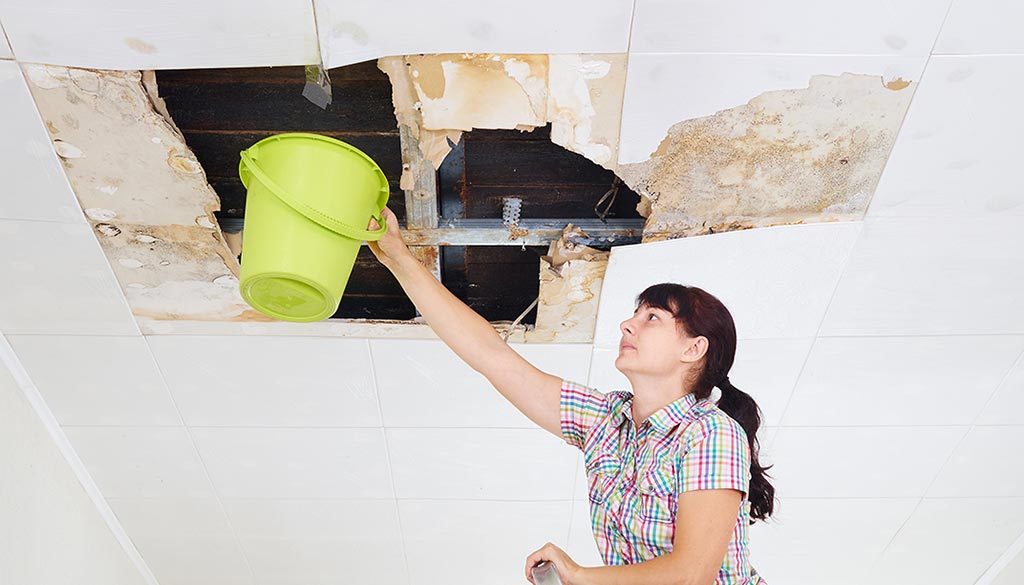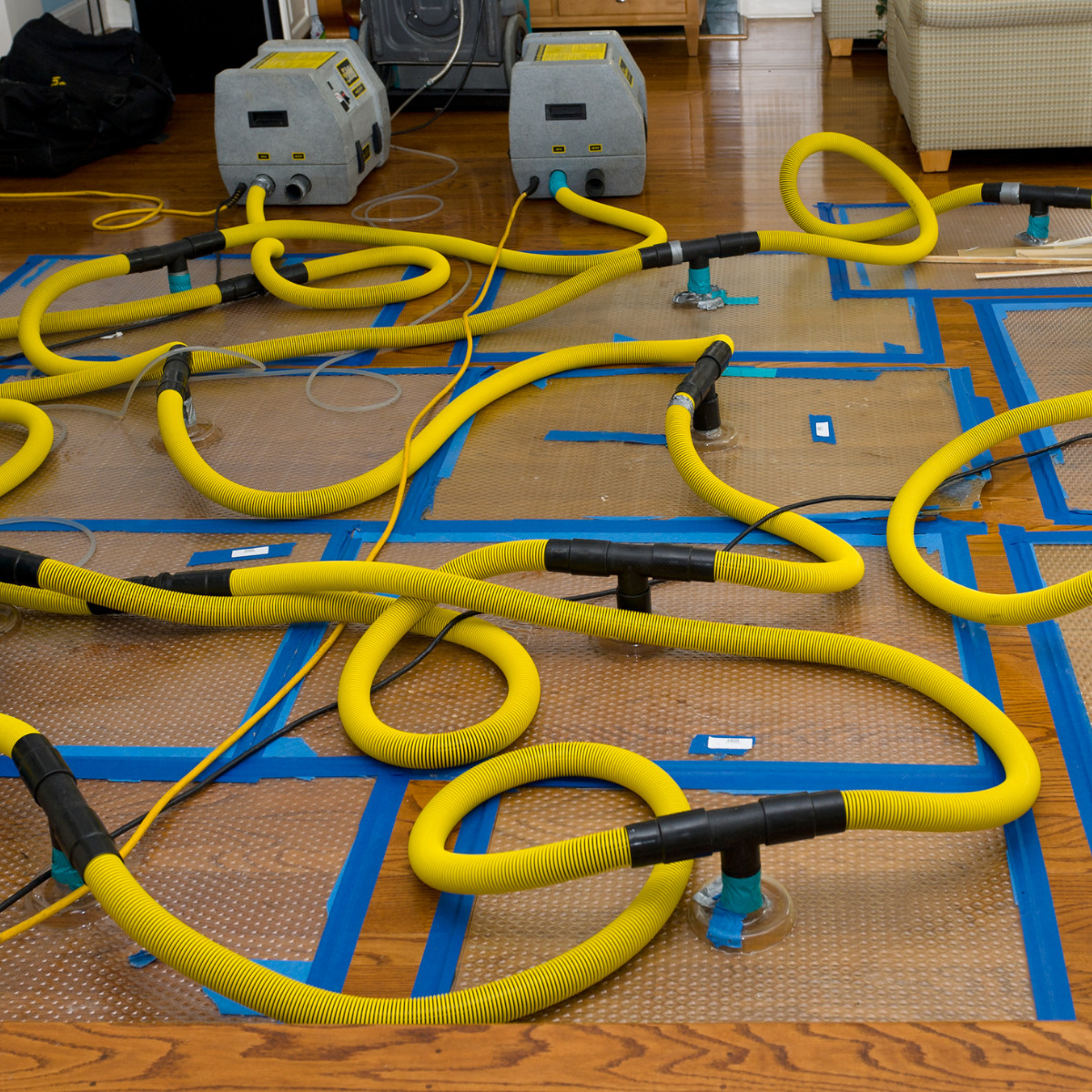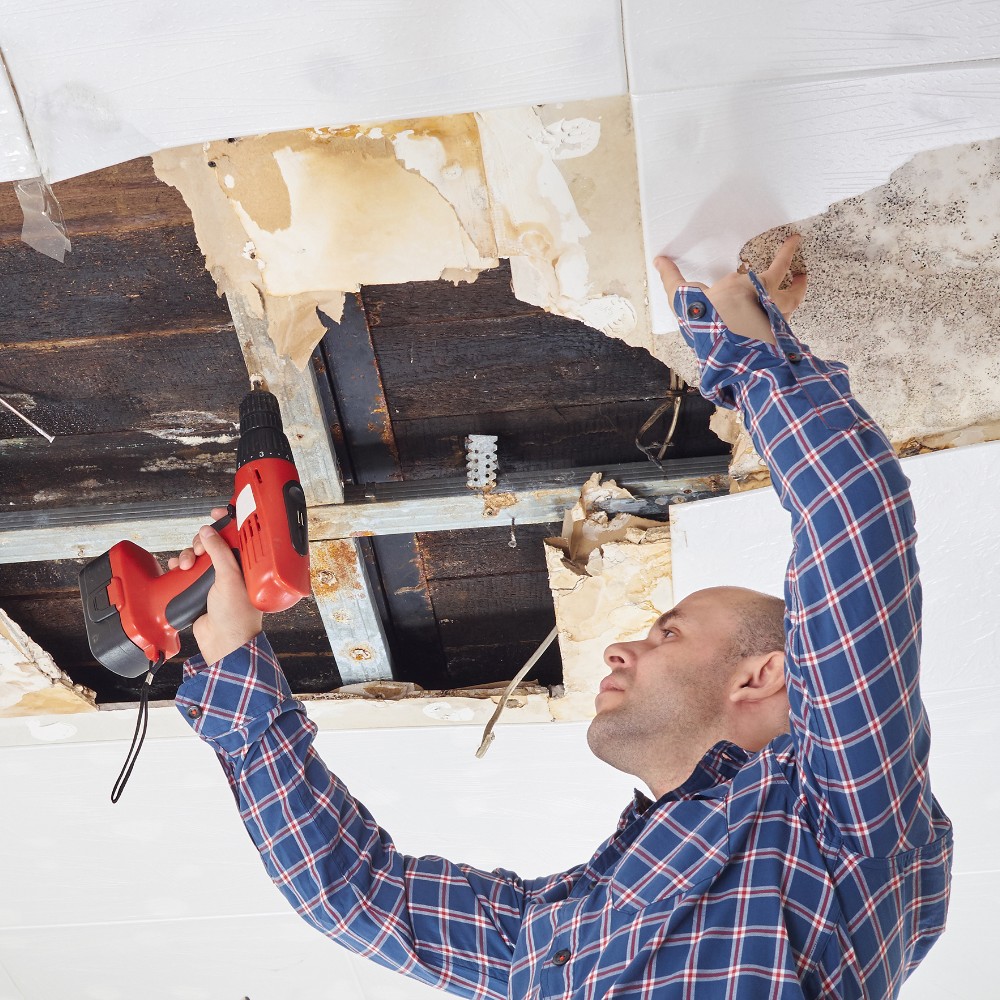Flood Damage Restoration FAQs: Your Most Common Questions Answered
Flood Damage Restoration FAQs: Your Most Common Questions Answered
Blog Article
Necessary Steps to Adhere To for Efficient Water Damage Repair in Your Home
When confronted with water damages in your house, recognizing the essential steps for efficient remediation can make all the distinction. You need to evaluate the damage and assurance security before taking on the trouble. Stopping the resource of water is important, however it's just the start. There's a collection of activities you should take to secure your property from more concerns when you have actually handled that. Let's explore what you ought to do next.
Evaluate the Damage
When you find water damage in your house, the initial step is to analyze the damage thoroughly. Begin by recognizing the source of the water intrusion. Look for leaks, ruptured pipes, or other problems causing the trouble. Next, analyze the influenced locations for visible signs of damage, consisting of warping, mold and mildew, or staining development. Do not forget to look in covert areas like behind walls or under flooring, as water can permeate right into these areas unnoticed.Document the damage by taking clear pictures and notes. This will certainly aid you when talking about the circumstance with your insurance service provider or restoration professionals. Take notice of the type of materials affected, as different products call for various reconstruction strategies. Evaluate the extent of the damages. Is it substantial or minor? Comprehending the scope will certainly assist you in making a decision whether to handle it yourself or contact the professionals for a more considerable reconstruction process.

Ensure Security
Before you begin any type of reconstruction job, guaranteeing your security is necessary. Assess the condition of your home. If the water's deep or if you notice electrical hazards, don't go into the area. Switch off the electrical energy and gas supply to stop crashes. Put on safety gear like handwear covers, boots, and masks to shield on your own from impurities or mold.It's crucial to remain knowledgeable about your environments; look for slippery surfaces and sharp objects. Treat it as harmful waste if the water is from a sewer backup. Keep youngsters and pets far from impacted areas to avoid exposure.Once you have actually taken these preventative measures, you can proceed with the restoration process. Keep in mind, your safety comes initially, and if you're ever before uncertain, it's best to consult a specialist. Taking these actions will certainly help assure you're all set to deal with the restoration securely and successfully.
Stop the Resource of Water
After guaranteeing your security, the following action is to stop the resource of water. Determine where the leakage is coming from. It might be a burst pipeline, a defective appliance, and even heavy rain entering via a harmed roof covering. Transform off the main water supply to your home to protect against additional flooding if it's a pipes issue. For devices, unplug them and turn off their water supply valves.If the resource is outside, like rain, try to divert it away from your home making use of sandbags or other obstacles. For small leaks, you may be able to use tape or a sealer momentarily up until a specialist can fix it. Keep in mind, resolving the source rapidly is vital to minimizing damage and protecting against mold growth. When you have actually quit the water, you'll be in a much better placement to carry on to the next action in the restoration process.

Eliminate Excess Water
Act rapidly to remove excess water, as standing water can bring about much more extensive damages and mold development. Collect your devices: a wet/dry vacuum, pails, and towels. You can make use of towels to soak up the dampness if the water is shallow. For much deeper water, a wet/dry vacuum cleaner is your best option. See to it to clear the vacuum often to avoid overflow.If the water is polluted, like from a sewer backup, put on protective gear, consisting of gloves and masks, to maintain yourself risk-free. As soon as you've eliminated as much water as feasible, look for hidden pockets of wetness in edges and under furniture, as these can harbor mold.Don' t neglect to shut off electrical devices and power electrical outlets in wet locations to avoid risks. This first action is necessary in minimizing damage and setting the phase for an effective remediation process.
Dry and Dehumidify the Location
As soon as you've removed the excess water, it's important to completely dry and dehumidify the area completely. Beginning by making use of dehumidifiers effectively to pull moisture out of the air and avoid mold and mildew development. Watch on moisture levels to ensure the area dries out totally.
Get Rid Of Standing Water
To properly take on water damages, you require to concentrate on eliminating standing water as swiftly as feasible. Begin by collecting needed tools, like a wet/dry vacuum or a pump, depending upon the volume of water. A vacuum cleaner needs to do the method if the water is superficial. For larger amounts, a pump is more efficient. While working, ensure to put on safety gear to keep on your own secure from pollutants. As you eliminate the water, take note of concealed areas like under furniture or in corners where water might accumulate. As soon as you have actually removed the bulk, your room will begin to dry. This action is necessary, as remaining water can result in mold and mildew development and much more comprehensive damages.
Use Dehumidifiers Efficiently
How can you successfully utilize dehumidifiers to completely dry and evaporate your space? Beginning by putting your dehumidifier in one of the most afflicted area, preferably where water damage is most extreme. Make certain to close all doors and windows to develop a closed environment. Activate the dehumidifier and established it to the appropriate moisture degree, normally around 30-50%. Empty the water collection storage tank often, or consider utilizing a version with a constant water drainage choice for websites ease. When possible, make use of fans to enhance airflow, assisting the dehumidifier job much more successfully. Keep the dehumidifier running up until you're confident that the area is thoroughly dried, preventing mold and mildew development and additional damage (Water Damage Restoration St George UT). This step is crucial for effective water damage restoration
Screen Moisture Levels
Monitoring humidity degrees is essential throughout the drying out procedure, as it helps ensure your room remains devoid of excess dampness. Purchase a reliable hygrometer to track humidity precisely. Preferably, you wish to maintain levels between 30% and 50%. If humidity readings increase above this array, you may require to adjust your dehumidifiers or fans to improve air movement. Check the readings on a regular basis, specifically in locations vulnerable to wetness, like restrooms or cellars. Take into consideration raising air flow or making use of added dehumidifiers if you observe relentless high humidity. Remaining on top of these levels not only quickens the drying out procedure however likewise avoids mold growth, guaranteeing your home keeps risk-free and comfy.
Clean and Disinfect Affected Surfaces

Recover and Fix Your Home
After cleansing and sanitizing the impacted locations, it's time to bring back and repair your home. Begin by evaluating the damages. Inspect for architectural problems, like compromised floorings or walls, and resolve any type of necessary fixings. Changing damaged drywall or floor covering is important for both looks and safety.If your furniture or belongings were influenced, think about whether they can be salvaged or require replacement. Tidy or professionally bring back things where possible.Next, touch and paint walls up any kind of areas that require attention. This not only boosts appearance yet also shields surfaces from future water damage.Don' t fail to remember to check your plumbing and devices for leaks, making sure additional info everything's working correctly. Take into consideration installing a dehumidifier to stop future wetness problems. By taking these actions, you'll recover your home to its previous magnificence and develop a safer living environment.
Often Asked Inquiries
For How Long Does Water Damage Reconstruction Generally Take?
Water damage repair commonly takes anywhere from a few days to several weeks, depending upon the degree of the damages (Water Damage Restoration St George UT). You'll want to evaluate the circumstance swiftly to decrease more complications and guarantee proper remediation
Will My Insurance Policy Cover Water Damage Reconstruction Prices?
Your insurance policy could cover water damages reconstruction prices, yet it relies on your plan. Examine your insurance coverage information and call your insurance coverage agent to clarify what's included and what you need to file a case.
Can I Take Care Of Water Damages Reconstruction Myself?
You can handle water damages restoration on your own, however it's important visit the website to assess the scenario. You could desire to call specialists if it's substantial. Always focus on safety and security and ensure you've obtained the right tools.
What Are the Indicators of Hidden Water Damages?
You might notice indicators of concealed water damage like deformed walls, musty smells, or discoloration. If your floorings feel squishy or you area mold and mildew, it's time to check out even more prior to the circumstance worsens.
How Can I Protect Against Future Water Damages in My Home?
To stop future water damage in your home, you ought to on a regular basis examine pipes, seal splits, maintain gutters, and guarantee proper drain. Setting up a sump pump and moisture obstacles can also assist maintain your room dry. When you find water damages in your home, the initial step is to analyze the damages thoroughly. Act swiftly to get rid of excess water, as standing water can lead to extra comprehensive damage and mold and mildew development. To effectively tackle water damages, you require to focus on removing standing water as rapidly as possible. As you eliminate the water, pay focus to concealed locations like under furnishings or in edges where water might gather. Water damage repair commonly takes anywhere from a couple of days to several weeks, depending on the extent of the damage.
Report this page